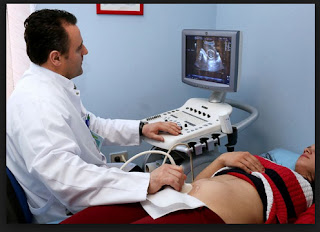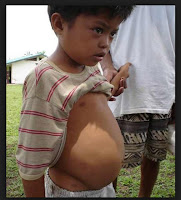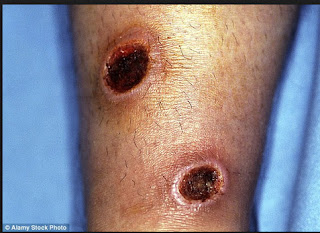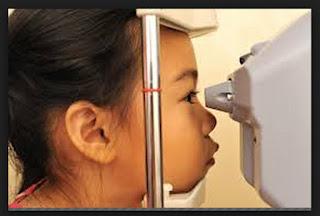Risk of unintended or high –risk pregnancy
Why .to refer for family planning services. Who .all women and men of reproductive age should ideally be screened,as the opportunity arises, within maternal and child health programmes and health services for adults. In areas where such an approach would be culturally acceptable ,consider opportunistic screening of all adults of reproductive age receiving medical care for other reasons . How . screen by enquiry in a confidential setting . jcan be done by primary care workers with training in how to maintain confidentiality . the home based maternal record ,which contains a section for information on intervals between pregnancies, as well as covering several pregnancies, constitutes an excellent means of reminding health workers to enquire about the need for family planning. When .as the opportunity arises within maternal and child health programmes and general medical care. Resource levels required. Low for detection; intervention may require resource levels that are low (ed












